Pain in the prostate: causes and treatments
About ten percent of all men make pain in the course of her life, acquaintance with the Prostate. Often, these are not limited only to the institution itself. This depends on the anatomical location: The chestnut-sized prostate gland sits just below the bladder near the base of the penis. It surrounds the urethra in a ring shape, and is bordered in the rear area of the rectum. The demarcation to the bottom of the pelvic floor. Their main function is the production of a part of the seminal fluid for sperm motility and fertilization ability is important. Depending on the cause and intensity of pain emanating from the prostate, the surrounding organs, spread, or even in more distant regions of the emitting.
Table of contents
Symptom development
In the initial phase of pain, which arise in the prostate gland, also on the root of the penis and the anal area. In the further course you can also radiate to the testicles, the groin and the legs and throughout the pelvic floor, in the lumbar area and in the lower abdomen spread. Psychological factors, especially Stress and General well-being, and digestion, pain intensity often affect.
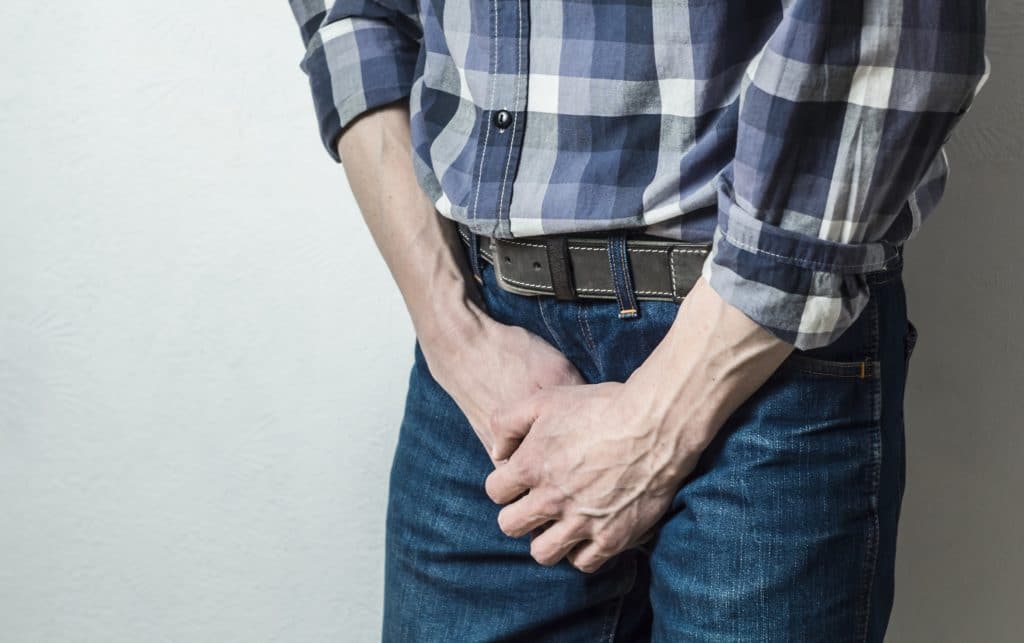
An increase in pressure from the inside or the outside intensifies the pain also often. This happens for example when Sitting on hard chairs or on the bike saddle. From the inside out pressure peaks when Sneezing, coughs, in the case of strong efforts, or during defecation. The symptoms can also occur shortly before or after ejaculation, and erectile dysfunction. The close relationship of the prostate to the urinary tract can cause the pain can be triggered by the action of water or strengthened. Often they are then the urge of increased urinary and frequent toilet accompanied to visit.
Generally cause pain is a protective tension in the muscles of the affected and surrounding tissue. Because of the close proximity to the rectum may have an effect on the digestion: Irregular and painful defecation are not uncommon. In extreme cases, the pain may extend to the whole of the pelvic floor. Then one speaks of the so-called pelvic pain syndrome that is often chronic chronic and difficult to treat.
The quality of Pain describe the men involved often with attributes such as stinging, pulling or burning. In addition, they often complain of an unpleasant feeling of pressure in the area of the prostate and in the surrounding regions, particularly in the pelvic floor. Sensitive disorders, such as nerve irritation and numbness occur in rare cases.
Causes of prostate pain
Prostate pain is usually part of the symptoms complex, which often affects the surrounding organs and regions. Accordingly, their causes can be different and of the prostate itself or the surrounding tissue out. The most common starting point in the body, inflammatory processes, refer to medical doctors as Prostatitis syndrome. They show specific characteristics and are divided into four categories:
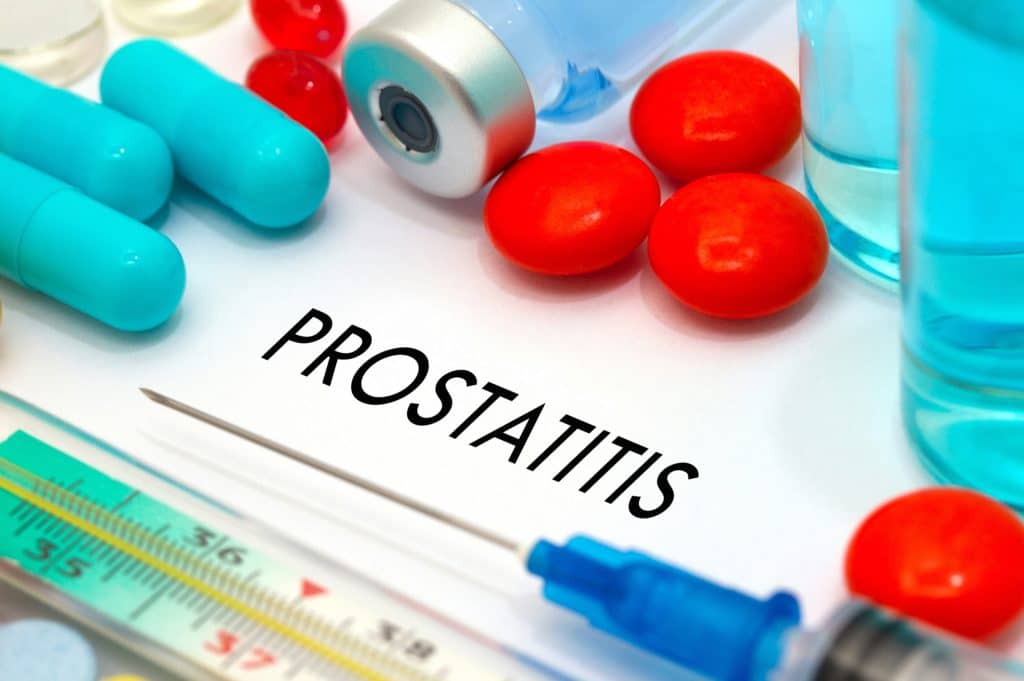
Acute bacterial Prostatitis
Acute bacterial Prostatitis is triggered by bacteria that migrate frequently from the urethra into the prostate, and General immune weakness there. As a result of the inflammatory events, as the Organ swells and pressure is more sensitive. In the case of the acute bacterial Prostatitis is the typical signs of inflammation and other prostate-specific symptoms, besides the pain. These include fever, chills, Burning during urination, increased urge to urinate, and incomplete bladder emptying. If left untreated, they can listen to the complete urinary to the accumulation of pus in the prostate and to a Sepsis, or chronic.
Chronic bacterial Prostatitis
The symptoms of chronic bacterial Prostatitis are the same as in the acute. However, fever and chills are absent.
Chronic non-bacterial Prostatitis
The non-bacterial Prostatitis pain is the most common cause of Prostate. No bacteria signs are detectable in the blood. As long as the prostate is affected, it is called Prostatodynia. In the course of the chronicity of the pain to build up and affect the entire pelvic floor area and the anal region.
As a pelvic pain syndrome called disease is for the affected men in very uncomfortable and difficult to treat. The reasons for this are not fully understood. However, it is assumed that psycho-social components play an important role. This can be problems in the partnership, in sexuality, in the determination of gender identity and roles maintenance.
Sometimes depression and other mental disorders influence the onset of disease. The starting point for the complaints can be the prostate gland itself or the surrounding structures. With the ongoing development of a vicious circle, in which of the various tissues outbound processes are mutually interdependent and reinforcing.
Preconditions that favor the emergence of such a complaint, cycle, previous surgeries and radiation treatments, the adhesions in the tissue left behind. Also, prostate stones and cysts can cause irritation, cause pain. External stimuli such as cold, prolonged Sitting, use of alcohol or strong spices can promote the development also. The diagnosis of pelvic pain syndrome, the doctor then finally, when acute inflammations, tumours and other serious diseases were excluded.
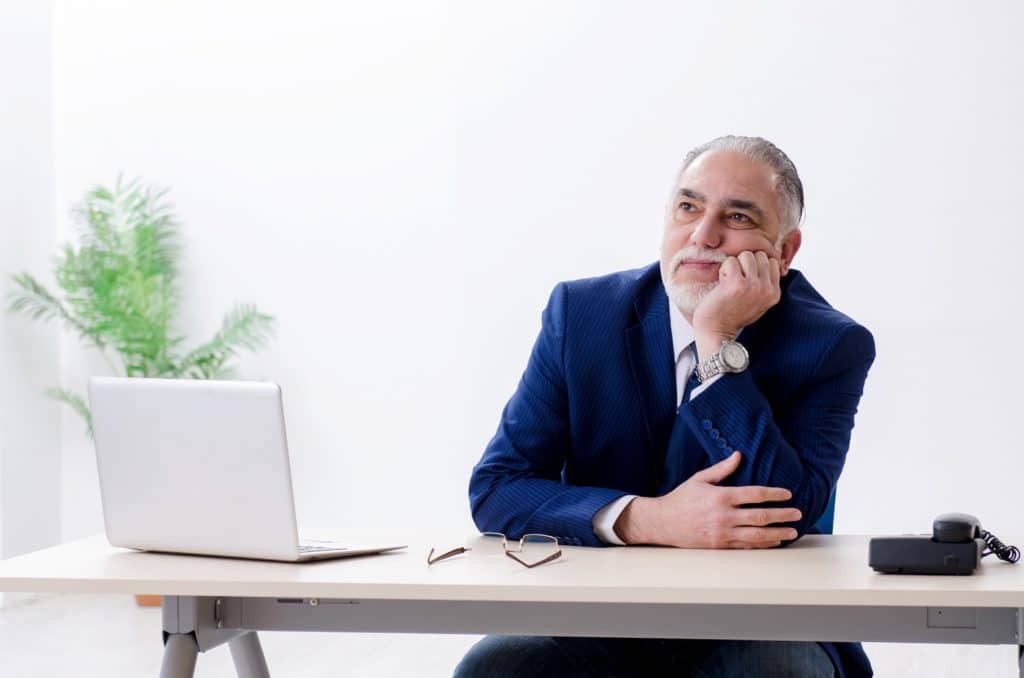
Asymptomatic Prostatitis
Asymptomatic Prostatitis is characterized in that, although signs of inflammation are detected, but no symptoms occur. The disease is usually detected as an incidental finding in the context of Infertilitäts and cancer studies. Currently, intensive research is being conducted into whether the asymptomatic Prostatitis is involved in the pathogenesis of infertility, and prostate cancer. Meaningful results are not available yet.
Prostate enlargement and prostate cancer
The connection between prostate enlargement and prostate cancer and prostate pain is ambivalent. The enlargement of the prostate (Benign prostate hyperplasia) is a benign process, in which the prostate tissue is increased. The change remains long completely asymptomatic and relates to because of the space requirement, first the surrounding tissue. Prostate pain and other ailments of the body occur very late.
Among men in the prostate cancer is the most common type of cancer. After colon cancer is the third most common cancer-related cause of death. Pain and other symptoms occur only in the late stage. They are only difficult to distinguish from those that occur in prostatic hyperplasia. This makes it more difficult for a good prognosis important early detection.
Diagnostics
At the beginning of a targeted prostate diagnosis patient interview in which the person describes in detail and as accurately as possible his complaints. In the case of prostate pain, it is for the doctor to be particularly important to know since when the complaints are made, how they developed, where they are located and what mechanisms they affect. The history of the discussion of the circumstances of life and the psychological Situation.
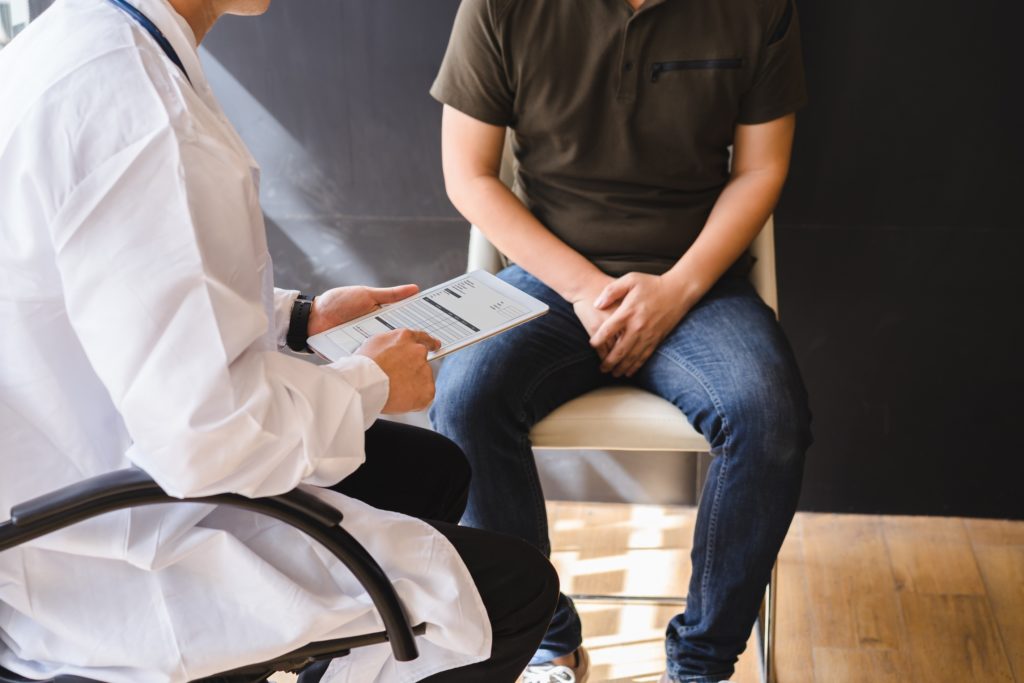
The collected information will give the doctor most of the time a clear picture, which confirmed the suspected diagnosis. Subsequently, the physical examination, the doctor scans the lymph nodes in the groin, to find out if enlargements are available. This can happen to an Inflammation or a malignant process. The prostate the doctor examined during a rectal examination. In the process, he can determine whether any structural changes and enlargements of the organ.
In the laboratory, the blood and urine values are checked. In the urine, the protein values are especially useful as markers of Inflammation, and eventual blood admixtures is important for the diagnosis. In the blood the inflammation of the determined parameters and, under certain circumstances, the PSA value (prostate specific Antigen). PSA is an enzyme of the prostate, the value of which may be increased in inflammation and prostate cancer. The significance of a rise in PSA value with respect to a present cancer, however, is controversial.
With an ultrasound examination, the doctor gives a quick Overview of the size and condition of the prostate and other pelvic organs. A reasonable suspicion of prostate cancer, a tissue biopsy for laboratory assessment is made. In individual cases, imaging procedures are used to hedge applied such as magnetic resonance tomography, computer tomography or bone scintigraphy. With their help, medical professionals to secure a diagnosis of cancer, if you detect signs of malignant lymph nodes changes, unusual accumulations of fluid or metastases.
Therapy
The early detection of the causes of prostate pain or discomfort in the area of the prostate is points from different point of view. Prostate cancer and prostate enlargements remain for a long time after their formation asymptomatic. Especially when cancer is the early detection important to improve by a timely treatment, the prognosis.
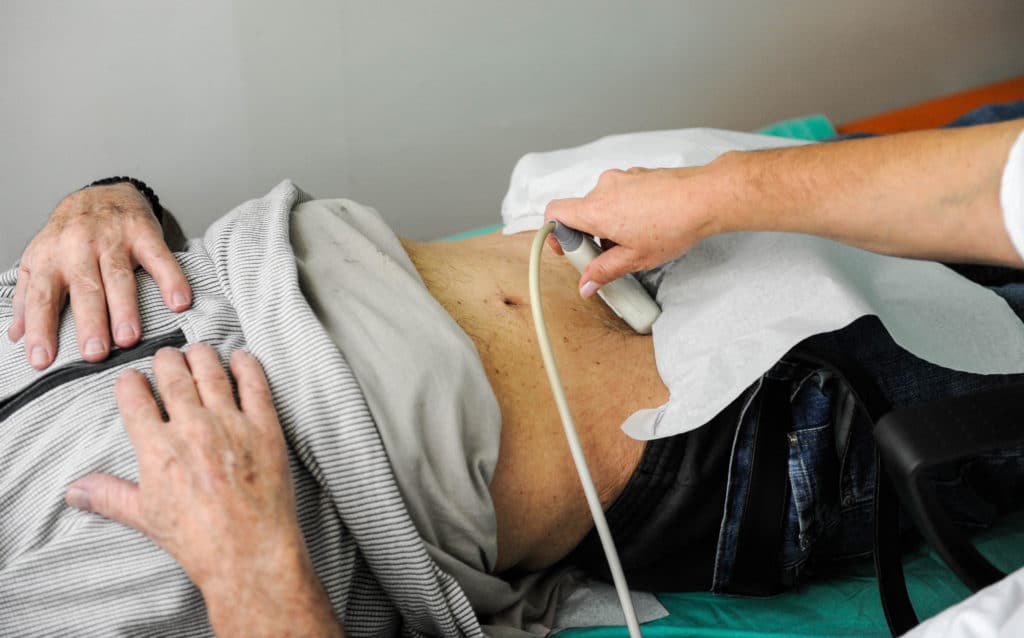
The second important reason for an early causes of detection for the inflammatory induced prostate pain: they threaten to confiscate become chronic and can develop into pelvic pain syndrome is difficult to treat. An early, targeted therapy can prevent this process developed so far. Basically, there are three therapeutic aspects are depends on the type and intensity of the disease is important: the school medical service, the support of natural remedies and adjustment of eating and drinking behavior, and finally, the psychosomatic support.
Education Medical Care
An acute bacterial inflammation as quickly as possible treated by the administration of antibiotics. The treatment extends over two to four weeks and is usually stationary. This is important, because Doctors need to act quickly to develop resistance to the antibiotics therapy. In addition, urinary behavior may require the attachment of a catheter. In the case of intense pain in addition, pain medications can be administered. Muscle relaxants or alpha-blockers should be used if accompanying symptoms like strong pressure and a feeling of tension and Urinary retention. They relax the smooth muscles in the prostate and in the bladder, relieve the discomfort and promote drainage of the Urine.
Prostate enlargement or prostate cancers require in some cases, surgical intervention. With the TRANS-urethalen resection of the prostate (TURP), can remove the doctor constricting tissue by means of electricity. To do this, he introduces the operation instrument through the urethra to the prostate. Other minimally invasive procedures use the same access path, destroy excess tissue by heating by microwaves or by lasers. Prostate cancer inevitably lead to the complete removal of the organ (prostatectomy), followed by radiation, chemotherapy or hormone-deprivation therapy.
Natural healing products, food and Drink
Herbal products can be customized in the case of chronic course of the Prostatitis and prostate hyperplasia contribute to the discomfort will be reduced. A herbal preparation that has been studied for a long time, is a fruit extract of the saw palm. They contain certain fatty acids and phytosterols (plant hormones), which can be attributed to some favorable effects. They are supposed to have anti-inflammatory, urinary flow, and improve the smooth muscles to relax.
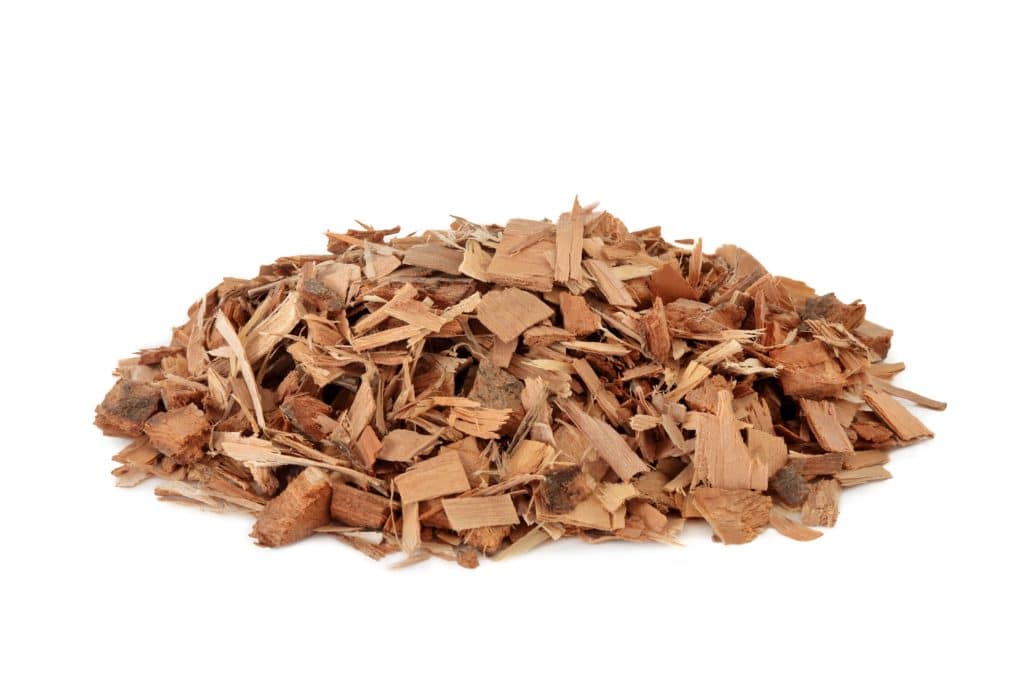
The Study on efficacy but, as yet, unclear. While some studies confirm the effectiveness and saw Palmetto extract is even on a par with pharmaceutical alpha-blockers, other studies have rather negative results. Clearly, the positive effect is evidenced but in the case of multiple nocturnal urination (nocturia).
Scientific studies have shown that pumpkin seeds are able to improve the excretion of urine in Prostatitis significantly. Similar results are available for nettle extracts. The nettle is in naturopathy, a very long time as a diuretic (diuretic). Positive effects in other prostate complaints could not be substantiated in the case of two products, so far, scientifically.
Pollstimol pollen is a product with a mixture of grasses. These are intended to exert an anti-inflammatory effect on prostate cells and their growth activity reduce. Since prostate problems are almost always problems in the urine, the result is regular and sufficient Drinking is important. In addition, also an irregular digestion and stiff chair generate emptying pressure in the lower abdomen, increasing pain in the Prostate. A balanced diet with plenty of fruits, vegetables and whole grain products can prevent these problems. For relaxation and soothing teas can help. For this, chamomile, balm and St. John’s wort tea.
Psychosomatic Treatment Approaches
Psychotherapy assumes that the hidden Fears, unresolved role conflicts and hidden encourage a behaviour pattern around the topic of sexuality and gender the development of prostate pain. To solve this, really, is help from the outside, by an experienced therapist is necessary. Psychodynamic and behavioural therapy methods are the appropriate methods to get the hidden patterns to the surface and dissolve. To therapy and specific exercise programs with the aid of the Affected learn how to manage your Stress and your problems in everyday life better.
In addition, you can improve it with techniques such as autogenic Training, progressive muscle relaxation and Meditation independently of your ability to Relax and your mental Situation. They reduce Stress and relax the smooth muscles of the organs and the pelvic floor muscles. Regular exercise can support these effects. Also, heat applications with hot water bottle or cherry pit pillow can help to calm and regulate the muscle tone.
So far not yet scientifically proven, but, nevertheless, by many experts, the Theory that frequent ejaculations prostate, prevent problems, and the chances of a cure for chronic Prostatitis. This is the idea that the prostate is rinsed courses through the seminal fluid, and bacteria and products of Inflammation to be washed out. (fp)
